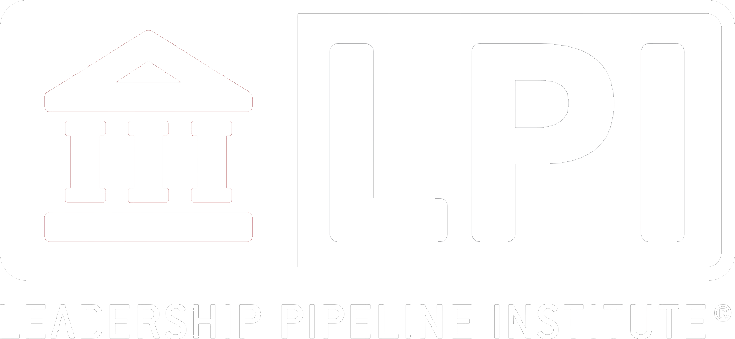
Resistance Checklist – Best Practices for Managing Resistance to Change
Prosci’s Resistance Checklist draws from benchmarking research with over 900 participants and the feedback and input of hundreds of training participants. The checklist can be used as an audit tool to see if you are utilizing best practices in managing resistance.
1. Are you expecting and planning for resistance?
When human beings are exposed to changes in their surroundings, resistance is a natural and common reaction. This holds true for changes at home and at work. Even if ‘the change’ or ‘the solution’ is expected to improve the employees’ situation, do not be surprised if you experience resistance. Expect and plan for resistance and identify the steps you can take to build buy-in and commitment.
2. Have you identified where in the organization resistance to the change might come from?
For a particular change, think about where resistance might come from and how you will deal with it before you begin implementing a solution. For instance, you can expect to see resistance coming from groups that are heavily invested in how things are done today. You can also expect resistance from the parts of the organization that experience the most drastic changes or where changes have failed in the past. Proactively identifying ‘where’ resistance might come from will help you plan for and deal with this pending resistance.
3. Have you identified what resistance to the change might look like?
Early in the project lifecycle, brainstorm what resistance to change might look like so you can be better prepared to identify it and react to it when it happens. For each group targeted by the change, ask the question “How will resistance manifest itself in this group?” This is a key component of proactively managing resistance and building commitment to change.
4. Have you identified potential risks to the project related to resistance?
Resistance to change is a significant source of risk for the project and the organization as a whole. Resistance to change can result in project delays, projects missing their objectives, return on investment being lower than expected, or a change being totally scrapped. Sit down at the launch of a new project and document the risks associated with resistance and how you can begin to mitigate these risks.
5. Are you ready to diagnose the root causes of resistance?
Many organizations fall into a trap of addressing the symptoms of resistance, and not dealing directly with the root causes of resistance. Be sure to have methods for understanding why employees are resisting change, and deal directly with those root causes.
6. Do you know the top reasons employees resist change?
In Prosci’s Best Practices in Change Management benchmarking report, the top reason cited by participants for resistance by employees was that employees were not aware of the business need for change. If you are responsible for managing change, then be sure to address this and the other common reasons for resistance presented in the report.
7. Do you know the top reasons managers resist change?
The top reason for resistance by managers in the most recent study was company culture including risk-adverse cultures, past negative experiences with change, groupism, and mistrust between departments. Notice that none of the top reasons for resistance by managers or employees are related to the particular solution, rather they are tied to how the change is introduced and managed into these groups.
8. Are you using an individual change management model to understand resistance?
Resistance happens at an individual level for specific and unique reasons. One employee’s perspective on the change may be very different than a different employee, even if they are in the same work group. An individual change management model, like The Prosci ADKAR Model, gives you a foundation for understanding how one person goes through change and thus a tool for understanding why a particular individual is resisting a change.
9. Do you have a system in place to identify and react to resistance when it happens?
While there are many measures that can be taken to prevent and mitigate resistance before it impacts the organization, you must also be prepared to address resistance during implementation when it does occur. Prosci’s Change Management Toolkit outlines 10 steps to manage resistance. These steps will give your managers concrete actions to take with their employees.
10. Have you prepared the people you need to respond to resistance?
The most effective ‘managers of resistance’ are those who have credibility and respect with the individual who is resisting a change – likely their supervisor or manager. If you have a VP that is being resistant, it is the Senior VP above that person who should step in. Likewise, if you have a front-line call center agent resisting a change, then that employee’s supervisor is in the best position to manage that resistance. As a project team member or change management resource, your job is to prepare and support managers throughout the organization in their task to manage resistance and help employees through the change process.
This blog post was originally published by Tim Creasey in Prosci blog.




